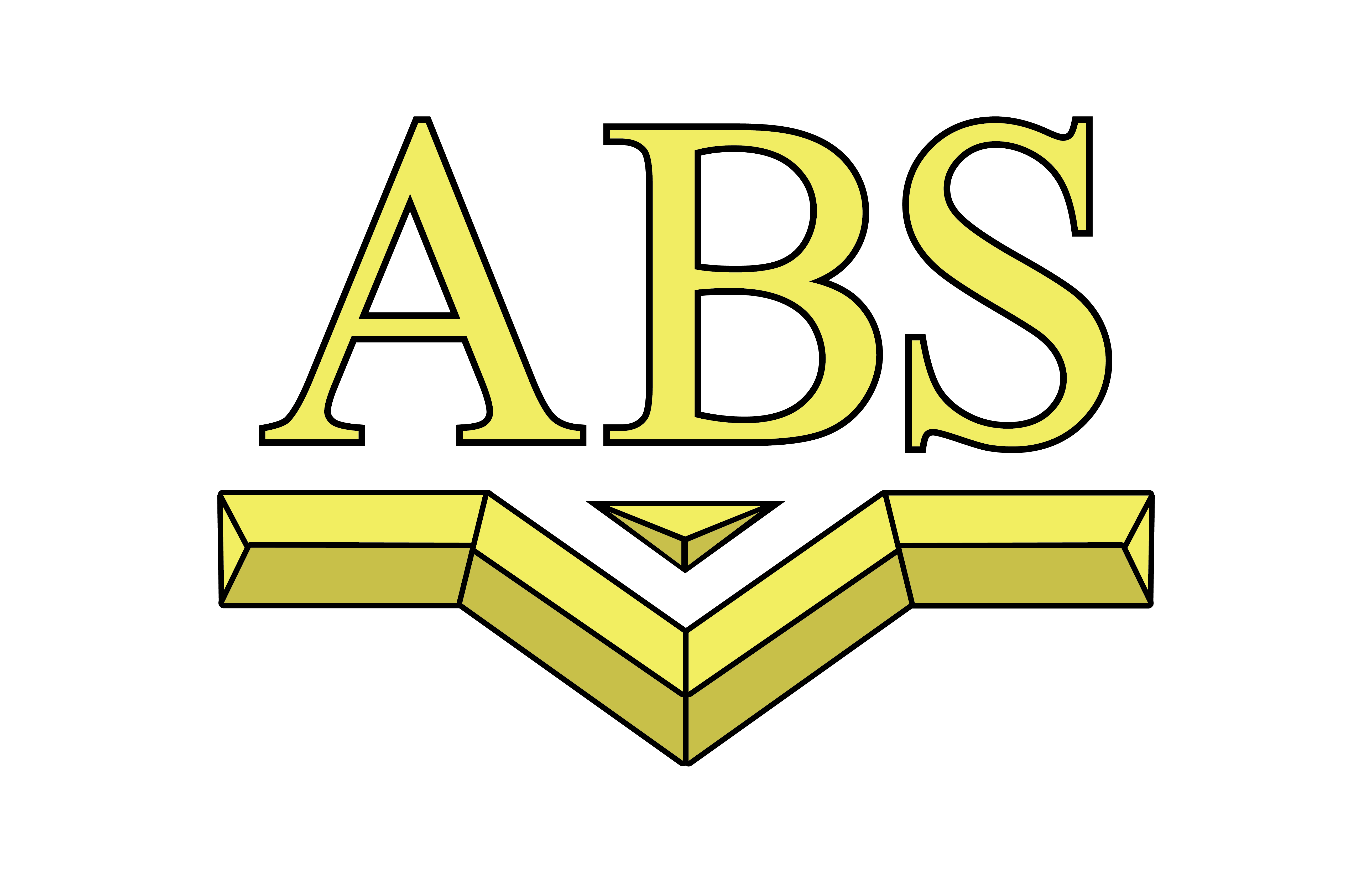
Previous posts described how we rigorously screen candidates and the efforts we take to maintain a productive workplace where our employees really do matter. For the most part, this works very well, but issues do arise. Issues range from minor lapses to more serious concerns. Fortunately, serious issues are less common as we have improved our hiring and other processes. Clear processes enable us to see and address performance lapses earlier, often before they become bigger concerns.
When there is any issue, we first discuss it with the employee. The goal is to clearly define the issue and understand the underlying causes. Sometimes the cause may be due to our processes. Process related problems can vary from unclear objectives, poorly defined roles, or inadequate training. It is preferable to anticipate these in advance, but this is not always possible.
Problems often occur when work roles that are not clearly defined. For example, in the early stages of a project, roles may not be fully understood. However, it is useful to be as clear as possible as early as possible. Many of us are very eager to get things done. Of course, this is to be commended. The downside of moving quickly is that there can be some issues when individual responsibilities and boundaries are not clarified. This is usually resolved with some discussion to clarify roles and expectations.
Another area where clear role assignments are necessary is with some common routine tasks such as checking equipment calibrations or backup systems. These tasks may not be interesting or seen as driving projects forward. Nevertheless, they are essential, and errors or omissions can be costly. Role assignments with clear responsibilities and schedules are necessary or tasks may be neglected during especially busy times.
Sometimes performance issues arise because of a poor cultural fit or personal problems that the employee is experiencing. In those cases, we try to help the employee as much as we can without prying into personal issues. Some issues may extend beyond the workplace.
Whatever the issue or its cause(s), if there are performance concerns, these are quickly made known to an employee and their resolution is discussed on the spot or at a meeting soon afterward. If the same concern occurs again or is already a major problem, a written statement of the problem and expectations is placed with the employee’s records. Then, a plan of action is thoroughly discussed with the employee. Performance issues that directly affect client orders or service are of major significance. Likewise, disrespectful behavior towards others or actions that may affect employee safety are of high importance.
Our performance management system minimizes surprises and clarifies expectations. Coaching and training are part of normal processes. We have regular team meetings and quarterly reviews. These track performance and provide opportunities for career development. Our HR software provides a means for management and employees to comment on both successes and challenges at any time. The system also enables employees to comment on others’ performance, and to commend others on their performance and cooperation. In this way, there is an ongoing dialogue between our team members.
If management and the employee fail in improving performance, we discuss options with the employee. Because we are a business with legal responsibilities, we also review the situation with our attorney. Then, if it is necessary to fire the employee, management meets with the employee and informs them of our decision. We go to great lengths to help the employee make improvements and this is viewed as a last resort.
As much as we may care about an individual, we cannot sustain a business for our clients and for our employees who are exceeding expectations. We must act when a staff member cannot meet position requirements. This is an unfortunate reality.
Our next topic is less interpersonal and, in many respects, easier to discuss and manage: competition and how we compete.




